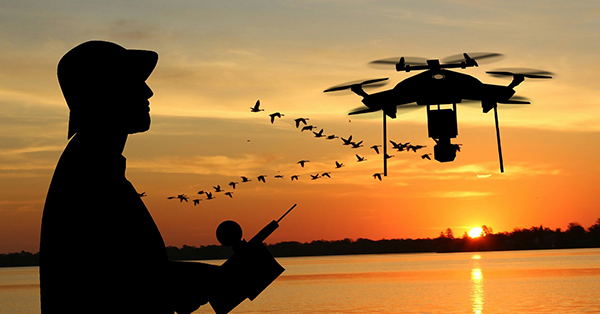NATE: The Communications Infrastructure Contractors Association joined a coalition of telecom and other industry associations led by the U.S. Chamber of Commerce encouraging the Department of Transportation and FAA to issue rules enabling beyond visual line of sight operations (BVLOS) for drones. The rulemaking would enhance the ability of commercial drones to operate over long distances and around infrastructure, according to NATE and the other signatories such as CTIA – The Wireless Association, the Wireless Infrastructure Association, NCTA – The Internet & Television Association, Association for Uncrewed Vehicle Systems International, Commercial Drone Alliance, Consumer Technology Association, Small UAV Coalition and 17 others.
“A final BVLOS rule would grant the business community the necessary certainty to unlock the full benefits of BVLOS operations while enhancing public safety, reducing unnecessary costs, and bolstering economic competitiveness,” say the associations in the letter to Transportation Secretary Pete Buttigieg.
Failure to move quickly will allow the current regulatory framework to remain in place, they note. They say the current regulatory framework limits the ability of operators to use drones for certain safety enhancing applications and operate at scale.
“For instance, drones can improve the safety of tower inspections and construction by mitigating risks to workers. Following a natural disaster, a critical infrastructure owner and operator could use drones to inspect critical infrastructure, conduct damage assessments, minimize risk to the public and quickly restore key services to communities,” they tell the FAA and Department of Transportation.
They urge the DoT and FAA to issue a Notice of Proposed Rulemaking and promulgate a rule to enable BVLOS operations. “This action would further the safe and secure integration of [drones] into the national airspace and bolster American economic competitiveness across a wide range of industry sectors,” they state.
By Leslie Stimson, Inside Towers Washington Bureau Chief





Reader Interactions